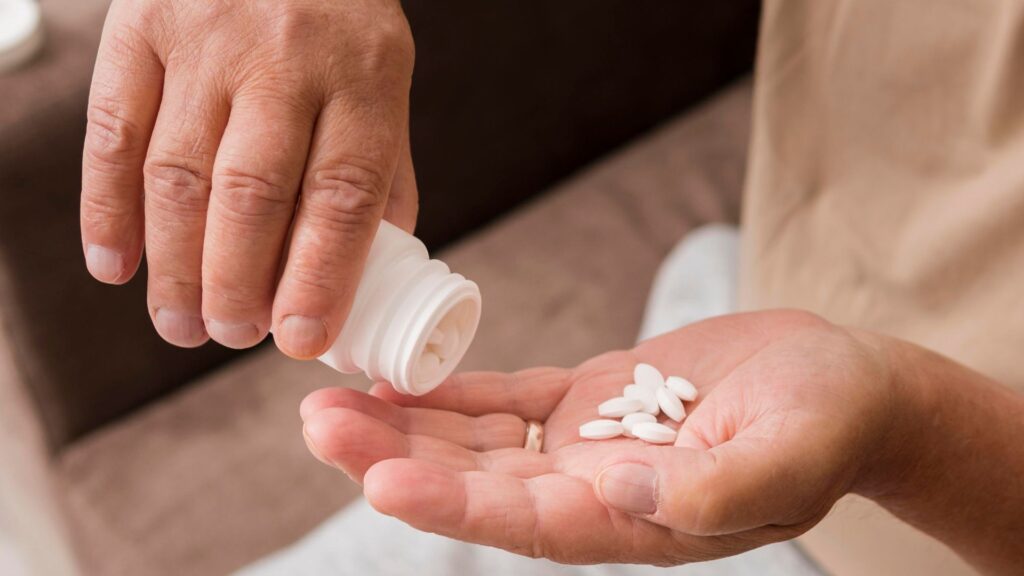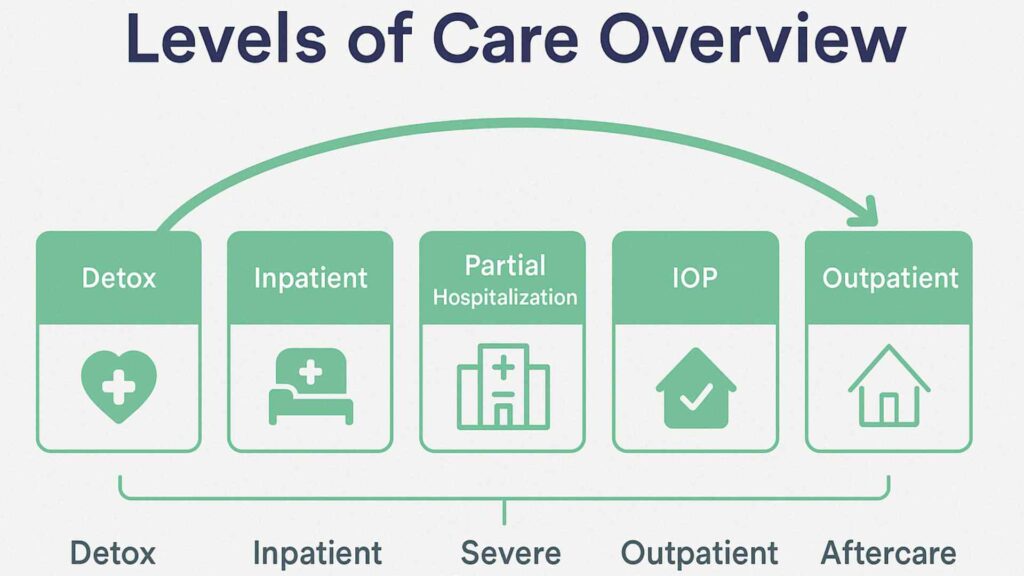Opioid withdrawal is often one of the most challenging steps in the recovery journey. The symptoms can feel overwhelming, and it is natural to wonder how long they will last. The truth is that the timeline varies from person to person, depending on several important factors. Although cessation is rarely life-threatening, it can bring significant physical and emotional discomfort.
As a result, many people turn to professional treatment for guidance and relief during this difficult stage. This article gives a clear understanding of what to expect from the process, so you or your loved one can approach recovery with less fear and greater confidence that healing is possible.

What Is Opioid Withdrawal?
Opioid withdrawal occurs when a person who has developed dependence suddenly reduces or stops their use. This drug, whether prescription pain medications such as oxycodone and hydrocodone or illicit drugs like heroin, alters the brain’s chemistry by attaching to opioid receptors and triggering the release of feel-good neurotransmitters.
The brain eventually adapts to the presence of these drugs and becomes reliant on them to function normally. When substance use stops, the mind struggles to restore balance, which leads to the onset of its symptoms.
Although this process can be extremely uncomfortable, it also signals that the body is beginning to heal from dependence. For many, finding a comprehensive opioid addiction rehab provides the medical support, counseling, and structure needed to navigate the process safely and begin building a lasting recovery.
The Opioid Withdrawal Timeline
Although no two experiences are identical, ceasing opioid use generally follows a predictable timeline. For short-acting types such as heroin, hydrocodone, or oxycodone, symptoms usually begin six to twelve hours after the last dose. These signs typically peak within one to three days and gradually improve over the course of five to ten days.
Long-acting types, including methadone or certain extended-release prescription medications, have a slower onset. The process often begins twenty-four to forty-eight hours after the last dose, with symptoms peaking around the third to fifth day. In these cases, acute abstinence syndrome may last up to two weeks.
Factors That Affect the Timeline
The duration and intensity of withdrawal vary greatly among individuals. Several factors determine how long it lasts. The type is one of the most significant influences. Short-acting opioids, such as heroin and immediate-release oxycodone, usually lead to faster onset and shorter cessation periods compared to long-acting ones like methadone or extended-release formulations.
The length of time a person has been using this drug, the frequency of use, and the dosage also play a role in shaping the experience. People who have been taking higher doses for longer periods tend to experience more severe manifestations. In addition, co-occurring substance use or mental health conditions can complicate the process, while genetic and physiological differences also affect how the body responds.
Symptoms of Opioid Withdrawal
Early in the process, often within the first day, individuals may experience restlessness, irritability, anxiety, sweating, watery eyes, and insomnia. As the detoxification period progresses and symptoms peak, more severe physical effects can appear, including nausea, vomiting, diarrhea, abdominal cramping, chills, goosebumps, muscle aches, and intense cravings for this drug. These indications are often most distressing in the first several days of discontinuation.
As the acute phase begins to subside, some symptoms may linger. Fatigue, low mood, difficulty sleeping, and ongoing cravings can continue for a week or two, and for some people, longer. While suddenly stopping opioid use is rarely medically dangerous on its own, complications such as severe dehydration from vomiting and diarrhea can pose risks without proper care.

Medical Detox and Treatment Options
For many people, attempting to go through opioid withdrawal alone can feel overwhelming and, in some cases, unsafe. Medical detox provides a safer and more supportive environment where this process is carefully monitored by professionals. In this setting, providers may recommend medication-assisted treatment (MAT) with options such as buprenorphine, methadone, or clonidine. These medications help reduce cravings, ease cessation symptoms, and make the process more manageable. Alongside MAT, supportive measures like hydration, nutrition, and rest play a vital role in helping the body recover.
Equally important is addressing the psychological and behavioral aspects of addiction. Individual and group counseling provide tools for managing cravings, processing emotions, and building healthier coping skills. Intensive outpatient programs (IOPs) offer structured treatment while allowing individuals to maintain daily responsibilities at home, creating a balance between support and independence. When medical care is combined with therapy and ongoing recovery resources, individuals have a stronger foundation for long-term success.
Coping With Post-Acute Withdrawal (PAWS)
While the acute phase of stopping opioid use may resolve within days or weeks, some people encounter a longer stage known as post-acute withdrawal syndrome. PAWS includes symptoms such as mood swings, anxiety, depression, and sleep difficulties, and can last for several weeks or even months. These challenges are often less physically intense than acute withdrawal but can still disrupt recovery if left unaddressed.
Managing PAWS often involves ongoing therapy, support groups, and sometimes medication-assisted treatment. Building consistent daily routines that include regular exercise, balanced nutrition, and good sleep hygiene also helps stabilize mood and energy levels. These symptoms diminish over time as the brain continues to adapt to life without this type of drug.
Final Thoughts from Abundance Treatment
For most people, symptoms from short-acting opioids resolve within about a week, while withdrawal from long-acting may extend the symptoms up to two weeks. Yet, recovery does not stop once the acute phase ends. Fatigue, mood changes, sleep issues, and cravings can continue for weeks or even months, which is why ongoing support is so important. Professional treatment provides the safest and most effective path through this difficult stage.
At Abundance Treatment, we offer comprehensive opioid addiction recovery services in Toledo, OH, designed to support every step of the journey. From medical detox referrals and medication-assisted treatment to intensive outpatient programs and long-term aftercare, our team helps individuals navigate cessation safely while building the skills needed for lasting recovery.




































